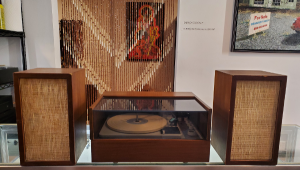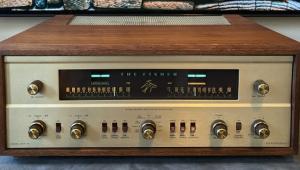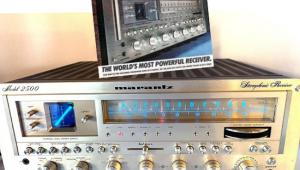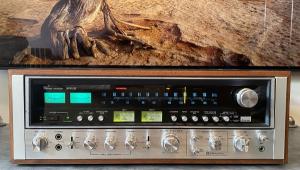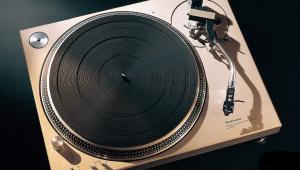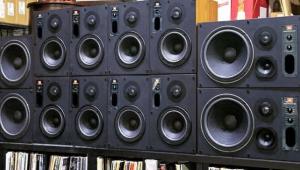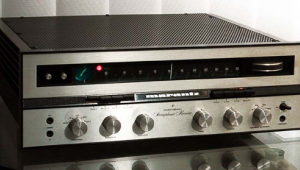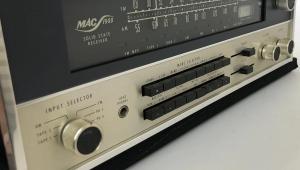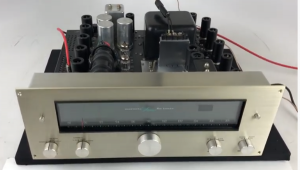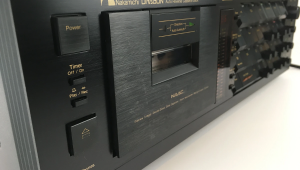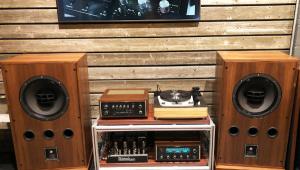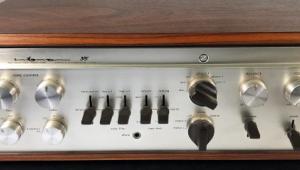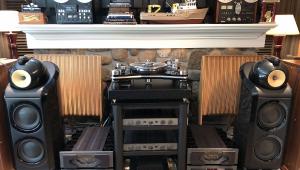That ad was one of the two very cool ads back in the day. The other for myself was the Alpine car stereo poster with the Lamborghin. Maxell tape was my first choice for cassette, vhs beta and reel to reel. Part of my most fun years in audio.
Maxell Audio & Video Tape
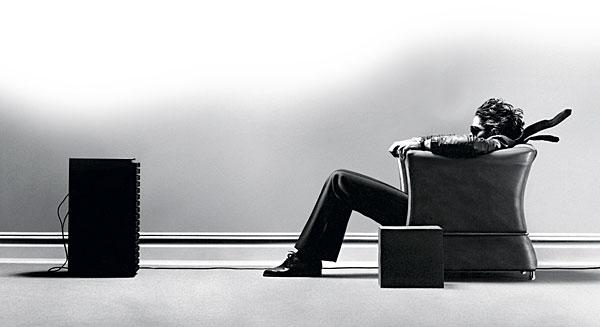
Hitachi Maxell, Ltd. was founded in Osaka, Japan, in 1961. The company first dabbled in the Japanese tape market in 1966, a few years prior to the cassette tape sales explosion, and Maxell profited hugely from the VHS and Beta tape boom in the late ’70s. All of the tapes were made in Japan until the late ’70s when Maxell opened factories in the U.S. that, at their peak production levels, employed thousands of people.

Recording tape may be just rust on a piece of plastic, and the differences between the formulas for audio and videotapes aren’t huge. Maxell engineers focused on enhancing the durability of each tape type for each application (audio recording heads are stationary, while video heads rotate at high speed). All of the major audio- and videotape-recorder manufacturers maintained relationships with Maxell to optimize their recorders’ performance with Maxell’s range of standard and premium tapes.
“Normal” tapes were coated with a microscopically fine layer of ferric oxide particles, but Maxell’s UDXL-II tapes featured Epitaxial (ferrichrome) particles that allowed recording at higher levels, and the tapes lasted longer than standard tapes. Maxell’s ultimate tape was MX; it used pure iron metal particles. MX was exclusively made in Japan because the processes used to manufacture the tape created toxic fumes. The metal tape factories used canaries to warn workers if the fumes were approaching lethal levels.
Tape sales have now slowed to a trickle, but Maxell still offers a full line of audio and VHS videotapes, as well as a vast range of accessories, peripherals, and of course, batteries.
Author’s Note: Thanks go out to Maxell’s director of marketing, Cheryl Severini, for providing background information for this article.
- Log in or register to post comments


Ferricobalt, not ferrichrome. Maxell never made a ferrichrome (Type III) tape, at least not one that was released to the public.
Although all the major tape manufacturers dabbled with chromium dioxide, it soon fell out of favor as more and more of them perfected their ferricobalt formulations for Type II tape.
I believe only a couple of manufacturers (BASF and Sony) persisted with ferrichrome, which actually comprised separate coating layers of ferric oxide and chromium dioxide. By contrast, ferricobalt tapes like Maxell's "Epitaxial" series combined iron oxide and cobalt at the particle level.

I used to buy Maxell tape before and I have it still in my house. I used to play it on my car where I had spartanburg car dealerships before. And I can say that this is really an iconic one.

This advertisement will certainly boost the tape sales which is downgrading day by day. Maxell's tape featuring the ferrichrome particles will change the scenario and might force people to think of buying one.

HKA was right about the formulation of Maxell's Epitaxial particles. Sony (the inventor) and BASF were the biggest manufacturers of the dual-layer ferrichrome while all other Japanese manufacturers, including Maxell, manufactured ferricobalts (cobalt-doped ferric oxide).
While the ferricobalts had more recording headroom (could be recorded on at higher levels), the original chromium dioxides had the advantage of lower overall noise level. This was the reason why old ads would state that chrome was suitable for classical music with a lot of quiet passages.
Maxell's initial ultimate tape was MX metal-particle tape but it later had higher-grade formulations like the MX-S and Metal Vertex ($19 in 1990).
